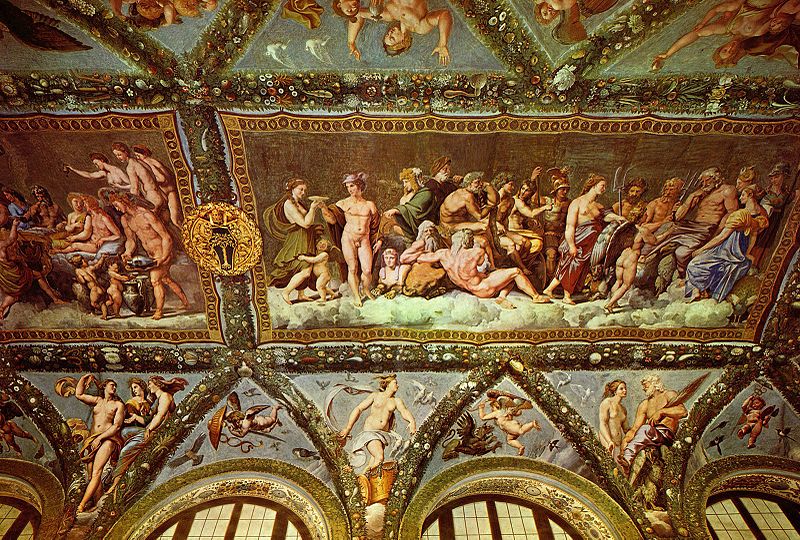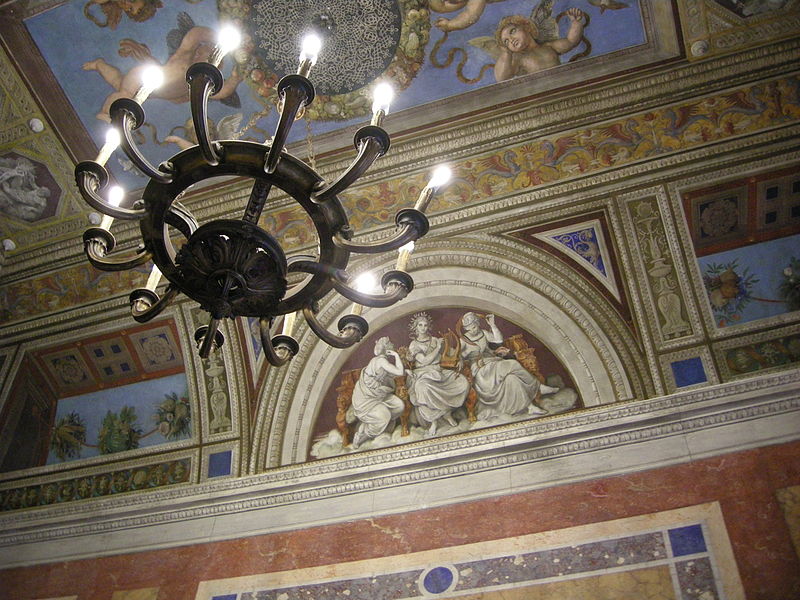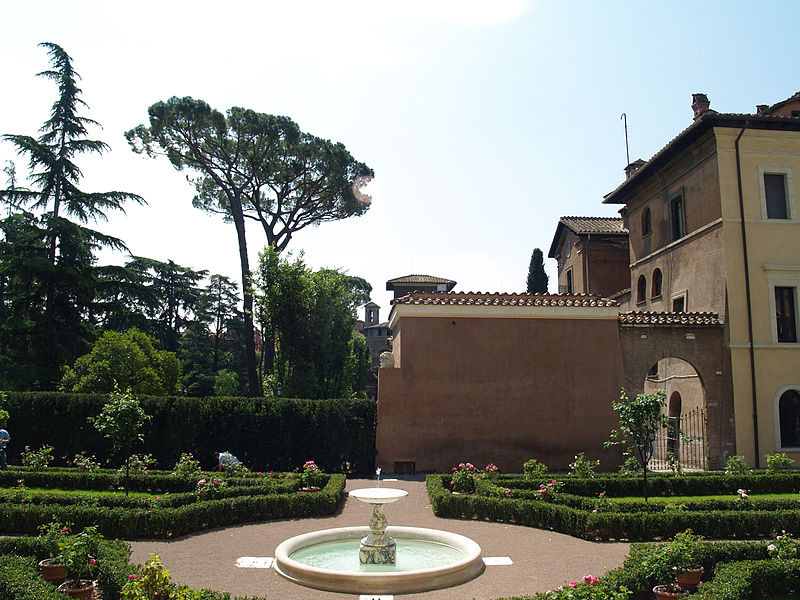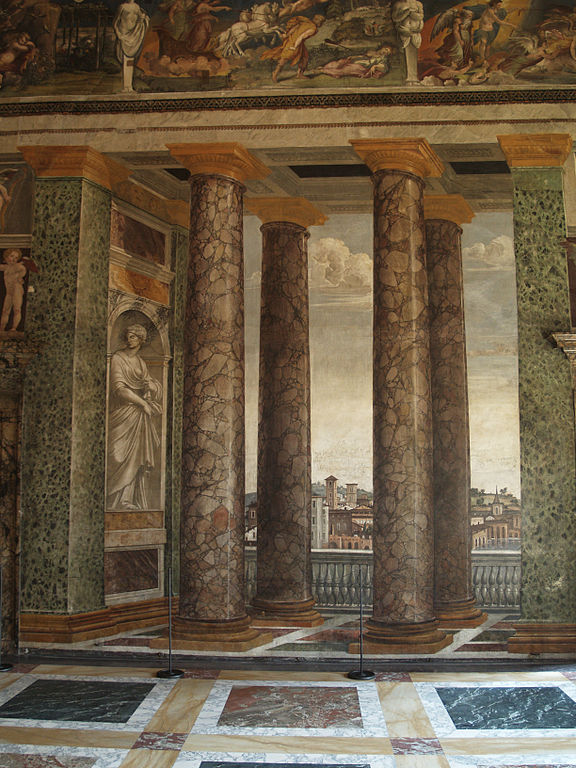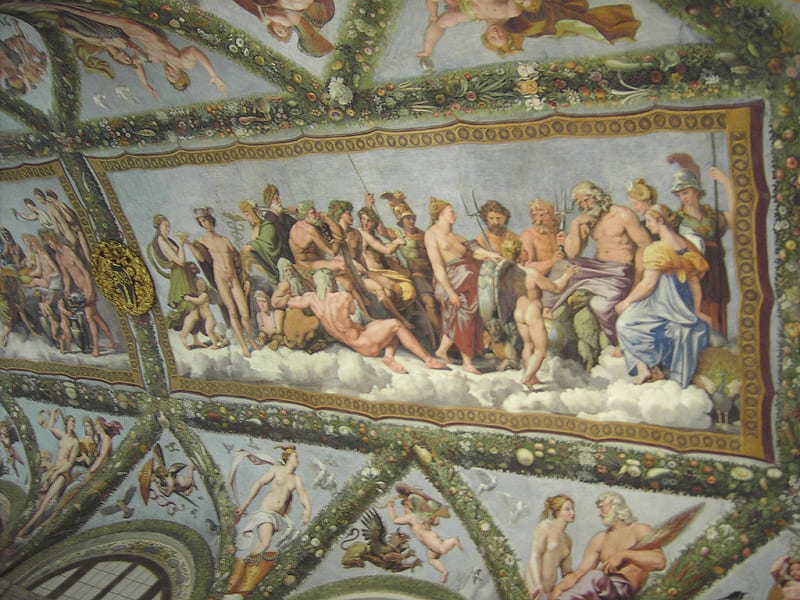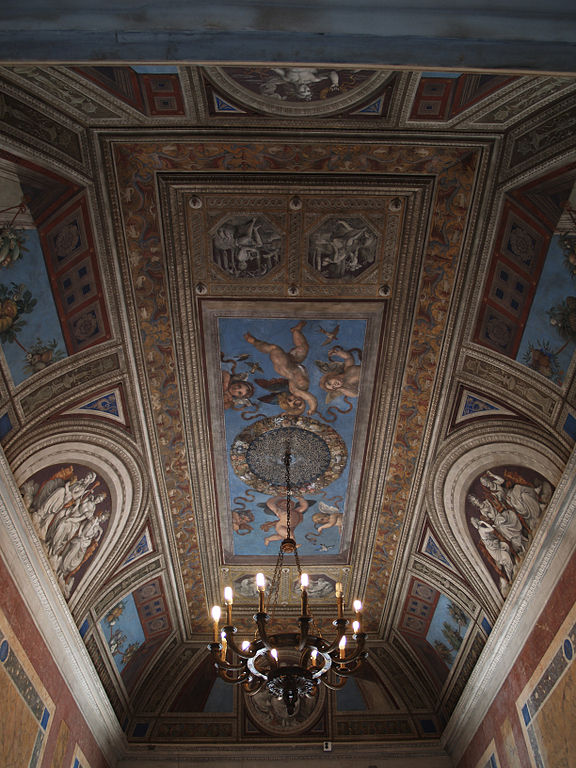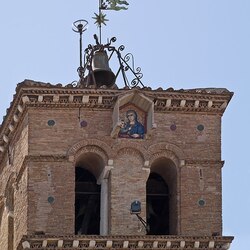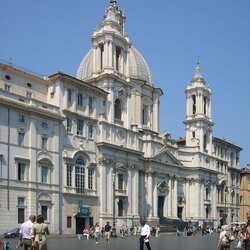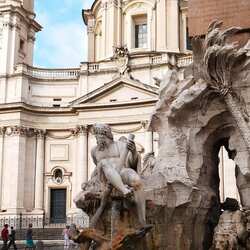Villa Farnesina
Villa Farnesina stands out among the many unique sights of Rome, is the greatest monument of architecture and painting of the Renaissance. The aristocratic interior, frescoes and colorful paintings by 16th-century craftsmen decorating the magnificent halls, the amazing combination of architectural art with outstanding works - all this makes Villa Farnesina the most popular destination for tourists from all over the world.
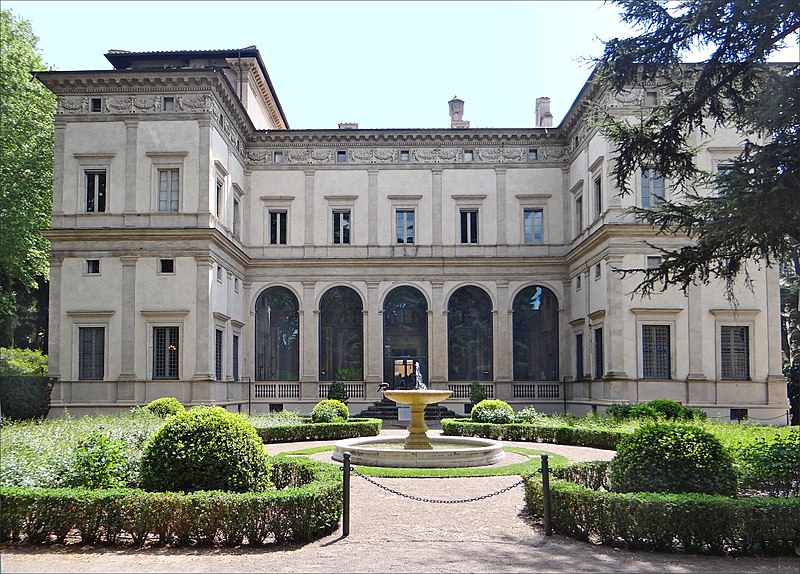
The creators of an architectural masterpiece
The building itself was designed back in 1505 by architect and artist B. Peruzzi, who, a year later, began the construction of the palace. In 1507, the work was continued by the Italian architect D. de Vignola, who introduced changes to its design that were unusual for that time, characterizing a new style in architecture - Mannerism.
Architecture
Nowadays, Villa Farnesina has the appearance of a pentagonal two-storey fortress, both wings of which are connected by a glazed arched loggia. It is noteworthy that there are no columns, marble ornaments and other classical decorative elements in the exterior. Instead, the facade is decorated with bas-reliefs, pilasters and horizontal rods. An orchard is an excellent addition to the non-standard architecture, especially attractive at the time of flowering.
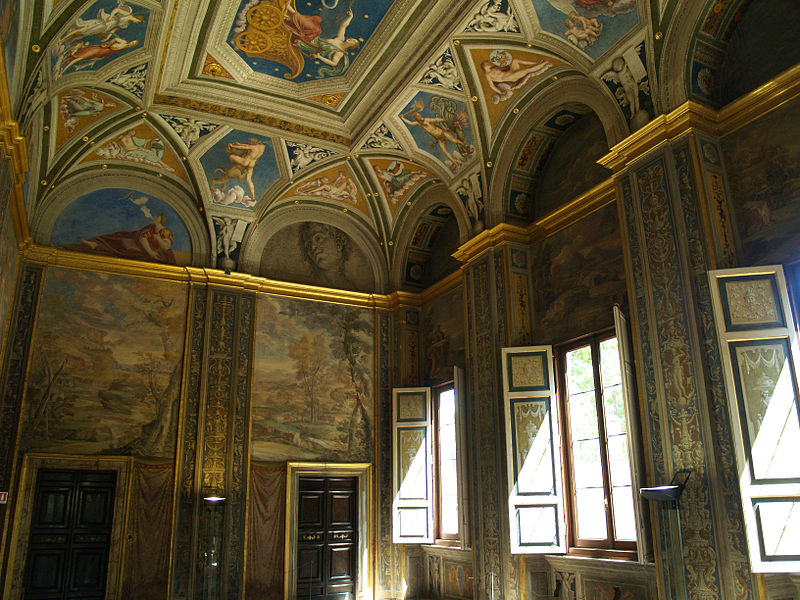
Picturesque interior
Inside Villa Farnesina there are several halls with rooms painted according to mythological motifs. The "Frieze Room" features frescoes with the exploits of Hercules and drawings with hunting scenes made by Peruzzi himself. He also had a hand in creating the interior of the Fireplace Room, using a special drawing technique. With its help, you can see various sights of the Italian capital here.
On the "Loggia Galatea", among others, there is the famous panel by Raphael "Triumph of Galatea" from 1511, and on the ceiling of this hall is depicted the family coat of arms of the Chigi family, the original owners of the castle. The murals on the walls and ceiling of its main entrance are dedicated to Cupid and Psyche. A variety of floral ornaments, such as flowers and fruits of fruit trees, add even more realism and luxury to the design.
Raphael painted the Wedding Hall, a former bedroom on the second floor, which tells about the wedding of Roxana and Alexander the Great. In addition to the works of the aforementioned artists, the palace also contains masterpieces by J. Penney, D. Romano, D. Bazzi and other painters. Of course, Villa Farnesina will be interesting not only for connoisseurs of Italian art, but also for lovers of the history of this amazing country.
